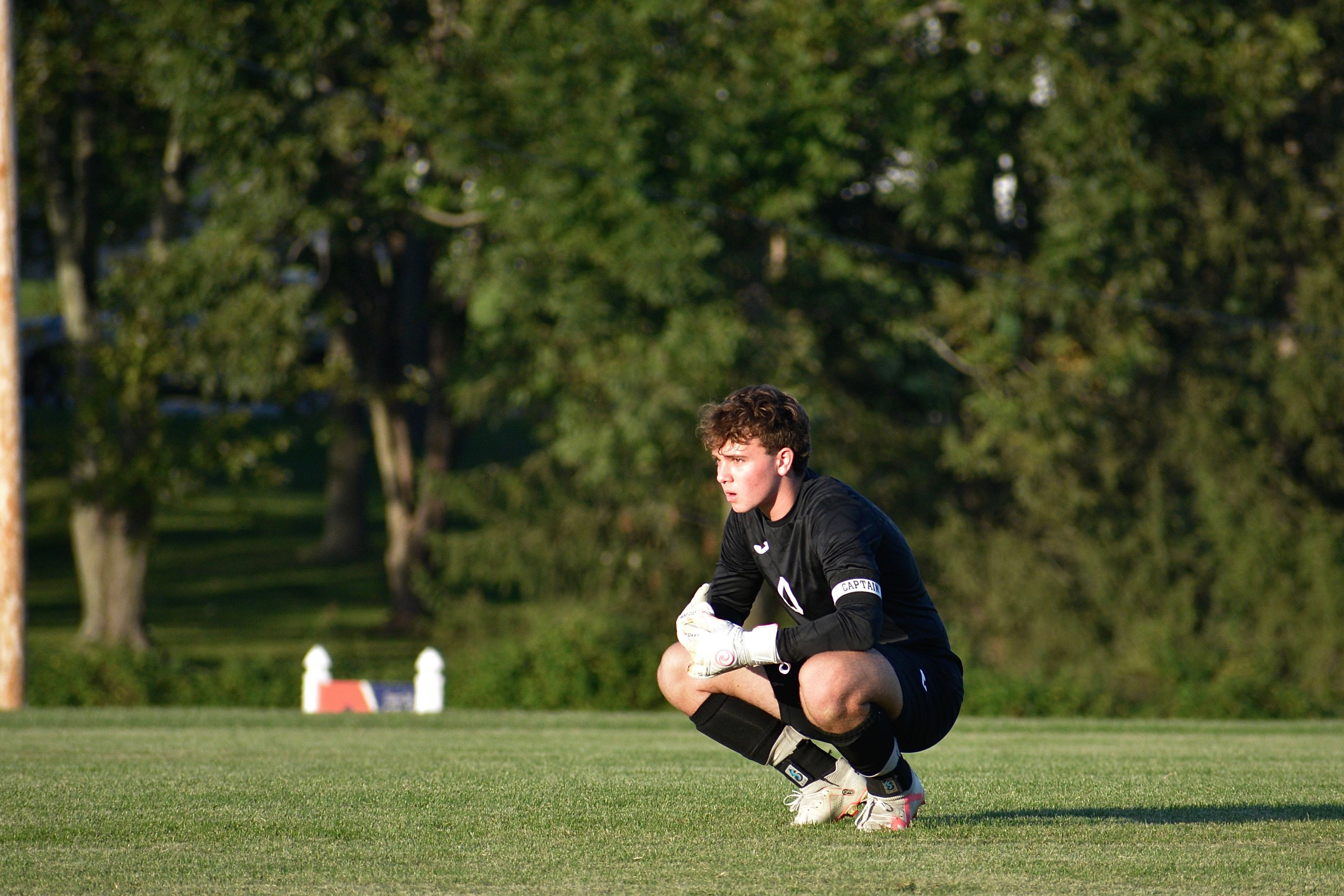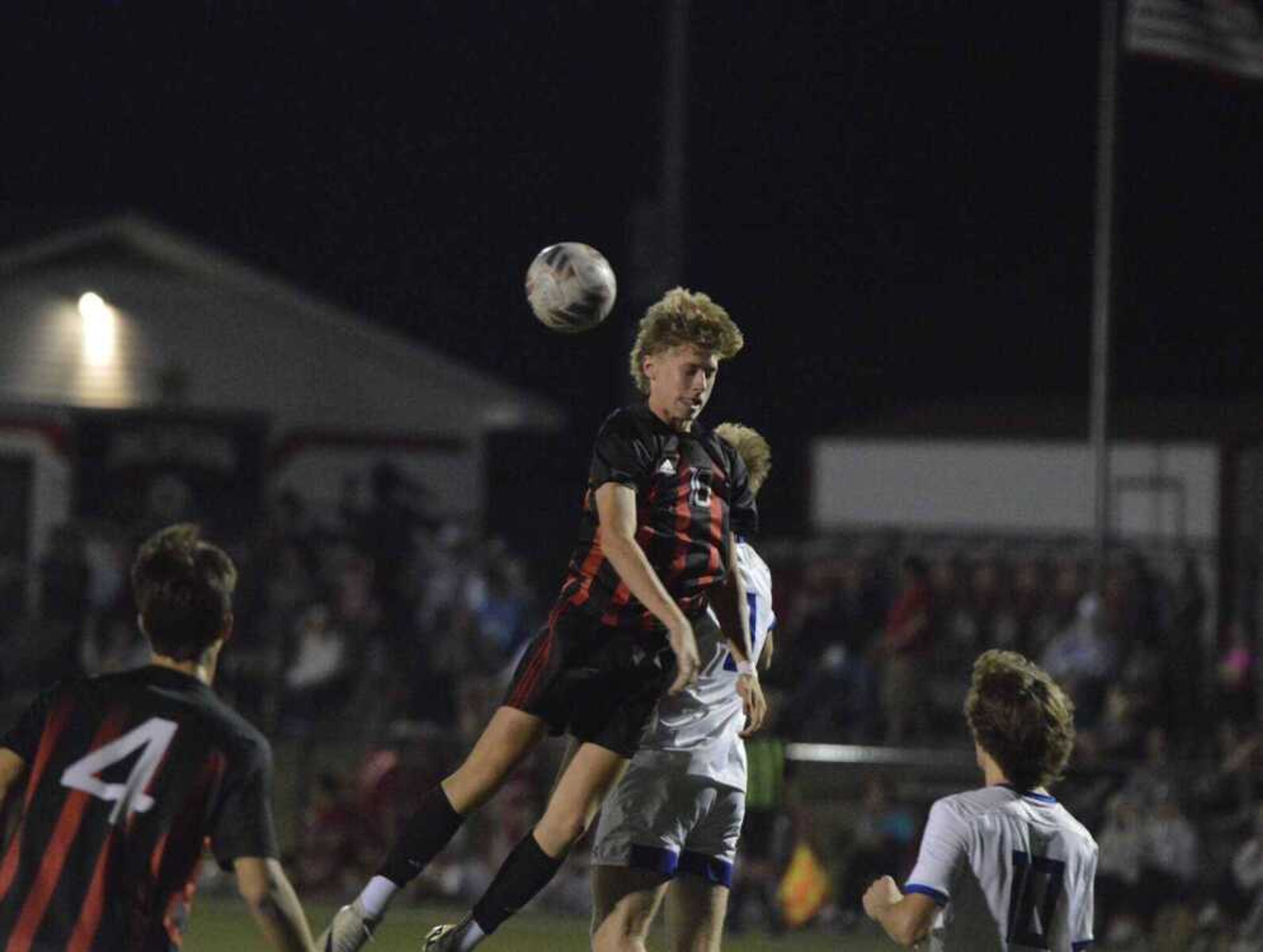Tips to make bluebirds happy (even if they don't admit it)
If bluebirds could whisper secrets in your ear, what would they say? Of course there's no way to know, but I imagine that they might give you tips regarding their nest boxes. Every year countless bluebird boxes are placed on posts and large trees. Unfortunately, just because a bluebird uses a box does not mean it is perfect. So, if bluebirds were able to whisper, here is what I imagine they would tell us...
If bluebirds could whisper secrets in your ear, what would they say?
Of course there's no way to know, but I imagine that they might give you tips regarding their nest boxes. Every year countless bluebird boxes are placed on posts and large trees. Unfortunately, just because a bluebird uses a box does not mean it is perfect. So, if bluebirds were able to whisper, here is what I imagine they would tell us.
First, put a hinged lid or side panel on every house. The hinge allows you to get inside and clean out old nesting material. Bluebirds are not accustomed to cleaning out their nest. Even though they do not perform this task, it is important. As fresh nesting material is placed on older material the chicks are positioned closer to the hole. This provides easier access by predators. Another reason to include a hinge is to make it easy to remove sparrow nests when they show up. Removing sparrow nests will allow bluebirds to move back in. Check bluebird nest boxes often because bluebirds can rear young two or three times in a year. Bluebirds use nest boxes from early March until late August.
The second thing a bluebird might tell you is make a predator guard. Numerous bluebird chicks and eggs are consumed by predators each year. This can be reduced with a small amount of effort. Two options exist and they can be used separately or together. A funnel made of metal flashing is easy to make and can be placed around the support post. This keeps climbing predators from reaching the nest box. In the case of a nest box placed on a fence post funnels are not always practical. In this situation a wire mesh tunnel can be stapled around the opening to deter predation. These tunnels can be made of 1/4 inch mesh wire and should not cover the 1 1/2 inch hole. Tunnels need to be two inches wide, four inches tall and at least three inches deep.
Racoons and snakes either cannot reach in the box nor figure out how to reach the nest box hole. The bluebirds will not mind the tunnels but predators will be foiled.
A third consideration might include the number of boxes to place. Boxes less than 300 feet apart are too close. Bluebirds will defend territory, which wastes effort they might otherwise spend on rearing their young. If you are short on open space, limit your number of houses. An exception can be made for opposite sides of a residence. If the birds can't see the other nest box, or its occupants, they might peacefully co-exist.
Fourth, you might hear a whisper regarding water. Water in the box encourages mold and bacteria growth. There are two ways to combat excess moisture. Drill a few eighth-inch holes in the base of the box for drainage. The other option is to place a thick board over the entrance with the same sized entrance hole. This makes the opening twice as thick and reduces the rainfall entering the box.
An added advantage to thicker openings is a reduction of squirrel and woodpecker damage that enlarges the hole. Larger holes not only allow more rain water to enter, but reduces the appeal to bluebirds while encouraging sparrows.
Lastly, a bluebird would likely thank you for putting up a house in the first place. Historically bluebirds nested in savannas and open grassy forests. These areas were maintained through fires set by native tribes. Large trees that succumb to fire or old age were ideal for cavity nesters like bluebirds. Because fire is no longer used as it was hundreds of years ago, the open areas are not common and natural cavities now limit the number of bluebird nesting sites. Bluebird boxes are now crucial for bluebird survival.
If you build a bluebird house take a little extra time and add a few deluxe features, even if you don't hear them say "thank you."
A. J. Hendershott is an Outreach and Education Regional Supervisor for the Missouri Department of Conservation. Contact him at 290-5730 ext. 247 or hendea@mail. conservation.state.mo.us
Connect with the Southeast Missourian Newsroom:
For corrections to this story or other insights for the editor, click here. To submit a letter to the editor, click here. To learn about the Southeast Missourian’s AI Policy, click here.








